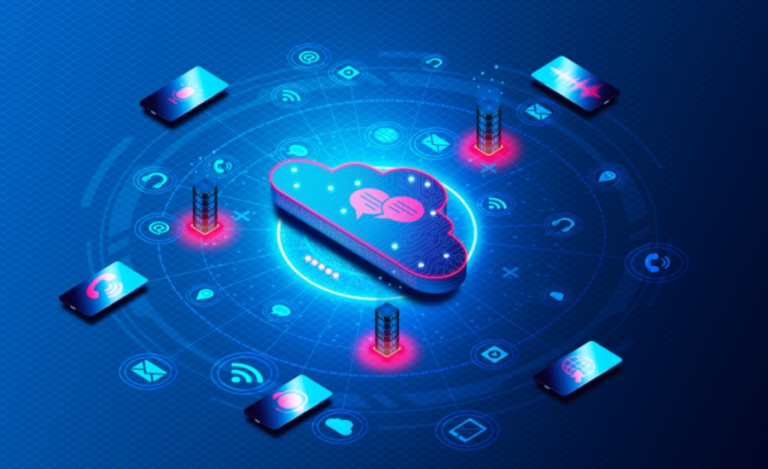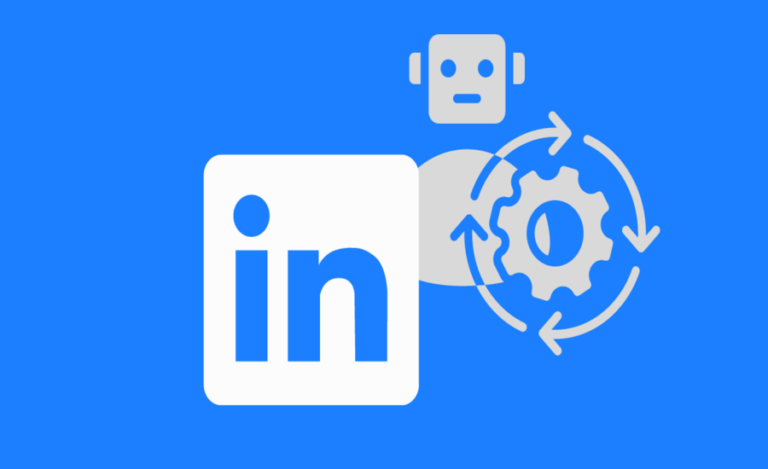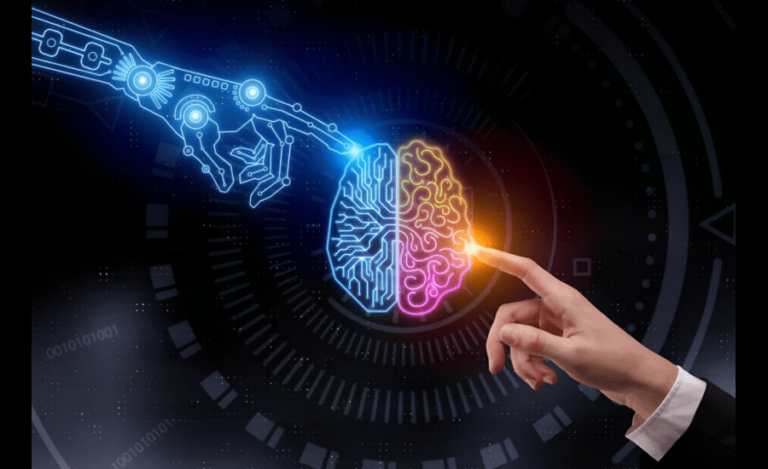What is AI Translation? 2024 Updates News
In our increasingly globalized world, the demand for effective communication across language barriers has grown exponentially. As a result, translation services have become indispensable for individuals and businesses alike. Traditionally, human translators have been relied upon to bridge the language gap, ensuring accurate and contextually appropriate translations. However, with the rapid advancement of technology, Artificial Intelligence (AI) has entered the translation arena, offering innovative solutions that promise to revolutionize the way we approach language translation. This emerging technology is known as AI translation.
The Evolution of Translation: From Human to AI
Historically, translation has been a human-centric activity, requiring deep knowledge of both the source and target languages, as well as an understanding of cultural nuances. Human translators excel at capturing the subtleties of language, such as idioms, tone, and context, which are crucial for delivering accurate translations. However, human translation is time-consuming and can be costly, especially for large volumes of text or when quick turnarounds are needed.
AI translation, on the other hand, leverages machine learning, neural networks, and natural language processing (NLP) to automate the translation process. AI translation systems are trained on vast datasets of multilingual text, allowing them to learn patterns, grammar rules, and vocabulary across different languages. These systems can process and translate text at incredible speeds, making them highly efficient for tasks that require quick, large-scale translations.
How AI Translation Works
AI translation is powered by sophisticated algorithms that enable machines to understand and generate human language. The core of AI translation lies in neural machine translation (NMT), a type of AI that uses deep learning techniques to improve translation quality over time.
1. Data Collection and Training:
AI translation systems require large amounts of data to learn how to translate text accurately. This data comes from a variety of sources, including books, websites, and previously translated documents. The more data an AI system is exposed to, the better it becomes at recognizing patterns and understanding the nuances of language.
2. Neural Networks:
Neural networks are a key component of AI translation. These networks consist of interconnected layers of nodes that process and analyze information. In the context of translation, neural networks help AI systems understand the structure and meaning of sentences in both the source and target languages. This allows the AI to produce translations that are not only accurate but also contextually appropriate.
3. Natural Language Processing (NLP):
NLP is another critical element of AI translation. It involves the interaction between computers and human language, enabling machines to understand, interpret, and generate text. NLP helps AI systems to handle complex linguistic challenges, such as word order, syntax, and semantic meaning. This ensures that the translated text reads naturally and is easy to understand.
4. Continuous Learning:
AI translation systems are designed to improve over time. As they are exposed to more data and receive feedback from users, they continually refine their algorithms to produce better translations. This continuous learning process is what sets AI translation apart from traditional machine translation methods, which rely on static rules and dictionaries.
The Benefits of AI Translation
AI translation offers several advantages over traditional translation methods, making it an increasingly popular choice for businesses and individuals alike.
1. Speed and Efficiency:
One of the most significant benefits of AI translation is its speed. AI systems can translate large volumes of text in a fraction of the time it would take a human translator. This is particularly valuable for businesses that need to communicate quickly with international clients or customers.
2. Cost-Effectiveness:
AI translation is often more cost-effective than human translation. By automating the translation process, businesses can reduce the need for large teams of translators, which can lead to significant cost savings. Additionally, AI translation can handle repetitive tasks, freeing up human translators to focus on more complex and nuanced translations.
3. Scalability:
AI translation is highly scalable, making it ideal for large projects or organizations with global reach. Whether translating a single document or an entire website, AI systems can handle the task with ease, ensuring consistent and accurate translations across all content.
4. Consistency:
AI translation systems are capable of maintaining a high level of consistency in their translations. This is especially important for businesses that need to ensure uniformity in their messaging across different languages. AI systems can adhere to specific style guides and terminology, ensuring that translations remain consistent across all platforms.
The Challenges of AI Translation
While AI translation offers many benefits, it is not without its challenges. Despite significant advancements, AI systems still face limitations that can affect the quality of translations.
1. Contextual Understanding:
One of the primary challenges of AI translation is its ability to understand context. While AI systems are getting better at recognizing the meaning of words and sentences, they can still struggle with more complex linguistic elements, such as idiomatic expressions or cultural references. This can result in translations that are technically correct but lack the nuance and depth of human translations.
2. Language Complexity:
Some languages are more challenging for AI translation systems to handle than others. Languages with complex grammar rules, multiple word meanings, or significant cultural differences can pose difficulties for AI systems. For example, translating between languages with different writing systems, such as English and Chinese, can be particularly challenging.
3. Quality Control:
Ensuring the quality of AI-generated translations can be difficult. While AI systems are continually improving, they are not infallible. Errors can occur, especially when translating specialized or technical content. As a result, human oversight is often necessary to ensure that translations meet the required standards.
4. Ethical Considerations:
As AI translation becomes more prevalent, ethical concerns have arisen regarding the potential impact on human translators. There is a fear that AI could replace human translators, leading to job losses in the industry. Additionally, there are concerns about data privacy and the potential misuse of AI-generated translations.
The Future of AI Translation
The future of AI translation is promising, with ongoing advancements in technology expected to address many of the current challenges. Researchers are working on developing more sophisticated AI models that can better understand context, handle complex languages, and produce higher-quality translations.
1. Integration with Human Translation:
One likely trend is the integration of AI translation with human translation. This hybrid approach combines the speed and efficiency of AI with the expertise and nuance of human translators. By working together, AI and human translators can produce high-quality translations that meet the demands of a globalized world.
2. Improved AI Models:
As AI models continue to evolve, we can expect to see improvements in translation quality. Advances in deep learning, neural networks, and NLP will enable AI systems to better understand the complexities of language, resulting in more accurate and contextually appropriate translations.
3. Expansion to New Languages:
AI translation is likely to expand to cover more languages, including those that are currently underserved. This will help to democratize access to information and enable more people to communicate across language barriers.
Conclusion
AI translation represents a significant leap forward in the field of language translation. By leveraging advanced technologies such as neural networks and NLP, AI translation systems can deliver fast, cost-effective, and scalable translations. However, while AI translation offers many benefits, it is not without its challenges. Ensuring the quality and accuracy of AI-generated translations requires ongoing development and, in many cases, human oversight.






